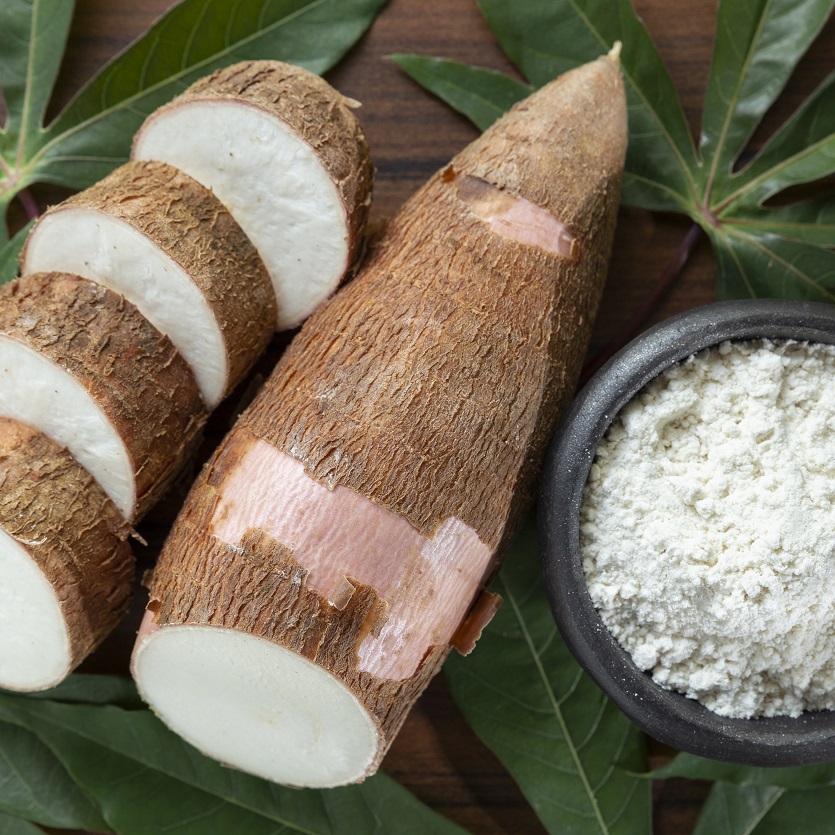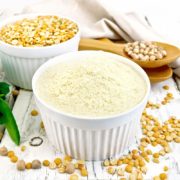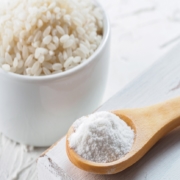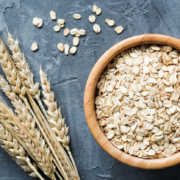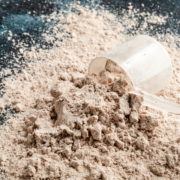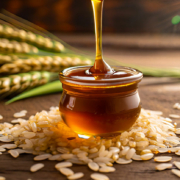Tapioca: What is it and how can it be used?
Tapioca is a plant starch obtained from the cassava root. It has a neutral taste and is therefore suitable for both sweet and hearty dishes.
It is precisely because tapioca can be used in so many different ways that it is becoming increasingly popular – and not just in the food industry! Find out how the starch can be made, what varieties it comes in, and how you can use it in this blog post.
About the cassava root and how tapioca is made
Cassava is found in tropical areas. Since it is mainly the root tubers that are consumed, the plant is also known as the “tropical potato”. Especially in South America, Africa and some Asian countries, they are often on the menu. For some time now, tapioca obtained from the root has also been popular outside these latitudes.
The important thing in its production is the proper procedure. This is because cassava contains hydrocyanic acid and is therefore poisonous in its raw state. To remove the acid, the root must therefore first be peeled, crushed and watered several times. The resulting mass is then heated so that even the last residues evaporate.
The elaborate process (which has only been touched upon here) finally produces tapioca flour or tapioca pearls, as desired. These can be further processed as required.
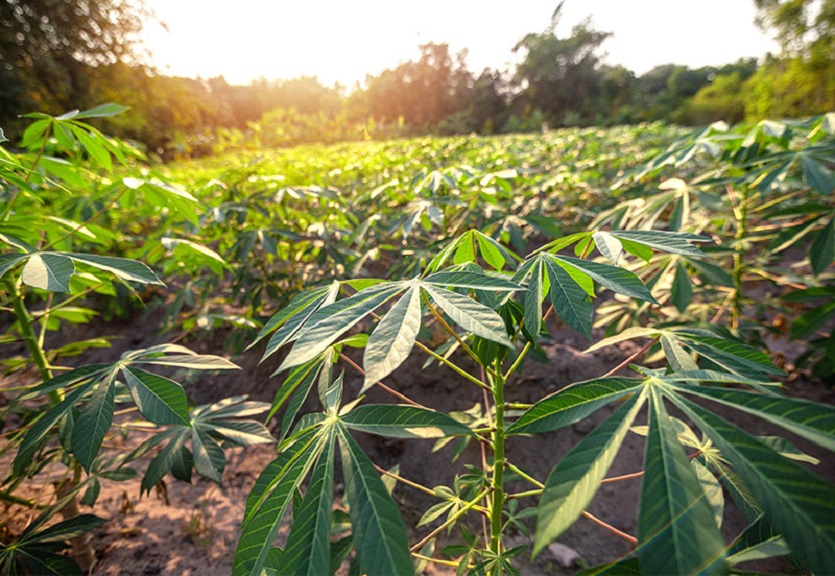
Cassava Roots on a field.
Appearances and application
First of all, you have probably come into contact with tapioca more often than you might think. In fact, the starch is found in many areas of application. We would like to briefly introduce some of them to you:
Tapioca starch/Tapioca flour
Both terms describe the same thing in this case: Tapioca in white, powdery consistency. Just like potato or corn starch, you can use this to thicken sauces or soups, for example. But tapioca can also be used as an alternative to flour in baking – especially if you have a gluten intolerance.
In addition, tapioca starch is often found in sweets such as candies and chewing gum.
Tapioca syrup
Especially if you like it less sweet, the mild taste of tapioca syrup might be right for you. With it, you’re also resorting to a vegan alternative to honey. But it is also recommended for people with fructose intolerance.
Insider tip: Tapioca syrup makes beaten egg whites even creamier.
Syrup powder
Syrup powder has a similar consistency to tapioca flour, but is not neutral in taste. With its slight sweetness, it is therefore ideal for making vegan ice cream or chocolate.
However, it is also commonly used as a binder, for elasticity and plasticity. You can often find tapioca syrup powder in frozen products.
Beyond food production, it is also used as a binder for medicines.
Malto- or oligodextrin
Tapioca maltodextrin is most commonly used as a foam stabilizer and carrier for flavors. It is also frequently found in the food industry as a preservative. The carbohydrate mixture is neutral in taste and easy to digest.
Tapioca oligodextrin is considered a source of low-glycemic carbohydrates. It improves texture in various food applications.
Other applications
If you’ve ever had tapioca pudding, you’ve come across pearl tapioca in this case. It’s a slightly coarser version of starch. In addition, this is also important in feed production. Here it is used to stick together so that solid pellets do not fall apart.
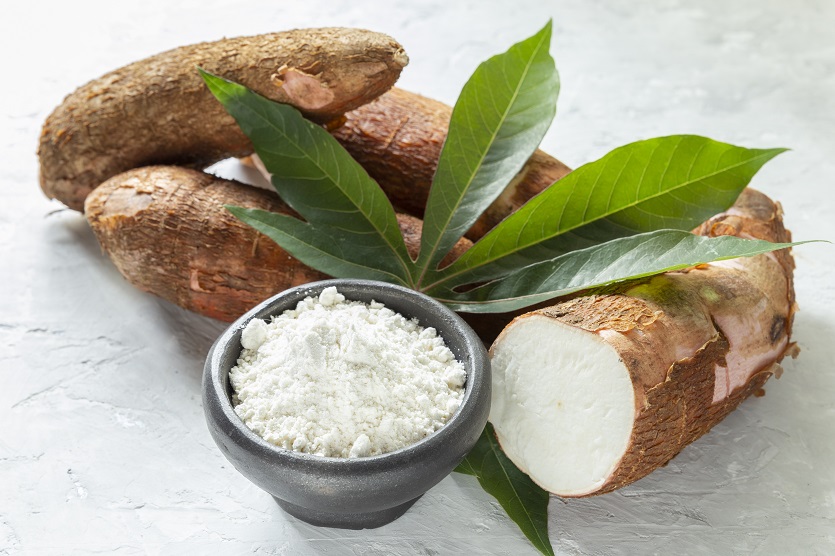
Tapioca in a Bowl and Cassava Roots.
Is tapioca healthy?
Do you still remember bubble tea? The trendy drink from Asia was the talk of the town in Germany for some time – first because it was so popular. Then because the pearls in it were supposed to be carcinogenic. However, several studies have disproved the rumor. The edible beads made from tapioca have been classified as harmless, and bubble tea stores are now increasingly to be found in German cities.
Nevertheless, one of the most frequently asked questions is whether tapioca is considered healthy. As with any food, it’s the mass that makes it and only within a balanced diet can one speak of healthy food at all.
Basically, however, tapioca does quite well:
If you do not tolerate gluten or fructose well, products made from tapioca are an optimal alternative. What’s more, the plant is more than low in fat, with almost zero grams. In addition, with tapioca you take minerals such as magnesium, calcium, phosphorus and potassium. However, it is starch and that basically provides relatively high calories and carbohydrates.
You can be on the safe side when you buy organic quality. Go for products produced without genetic engineering and using natural additives.
Vegetable alternatives to tapioca
Like any food, tapioca is a matter of taste. If the plant starch is not suitable for your applications, you can also switch to other products. An example of this would be rice starch.
As a food manufacturer, you obviously want to know exactly what you are putting into your products. If you are looking for purely natural ingredients in BIO quality, you have come to the right place. We at naVitalo are specialists in this field and also attach great importance to environmentally friendly and sustainable work. With us you will not only find starches, but also, among other things, natural sweeteners, vegetable drink powders and proteins.
Feel free to contact us. We will advise you in detail and together we will find the high-quality ingredients that fit your products.

